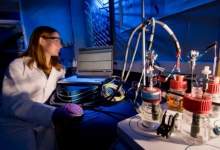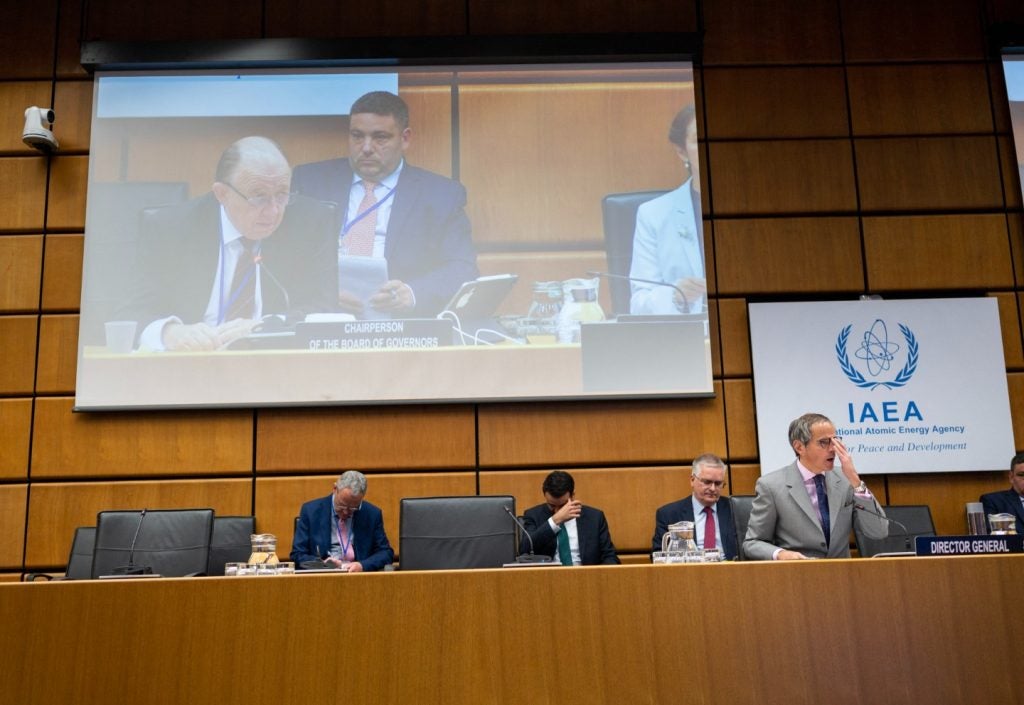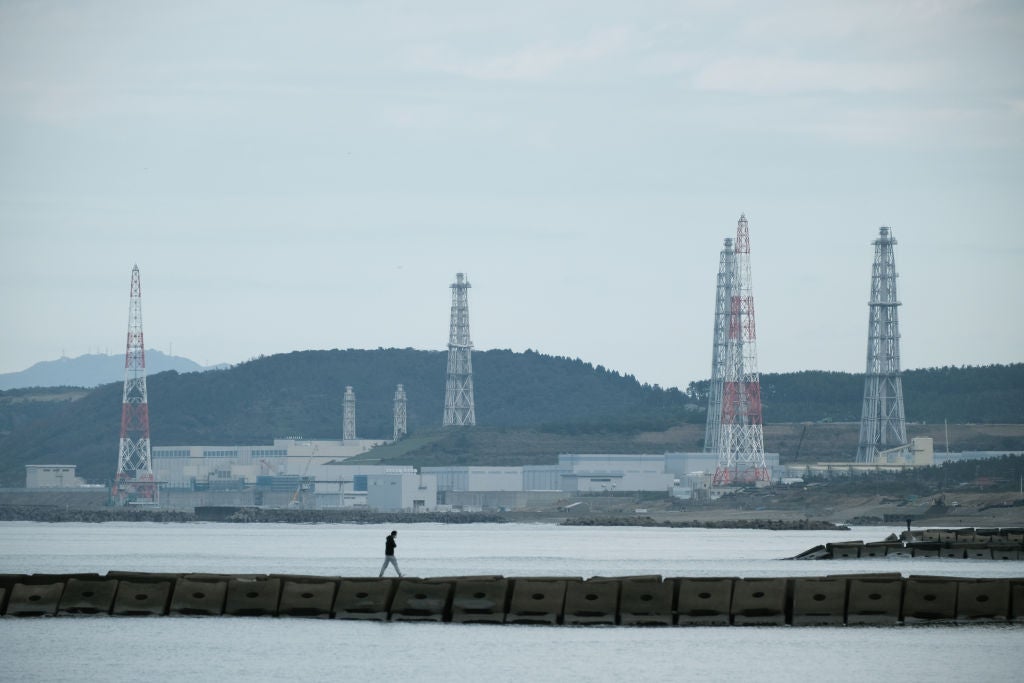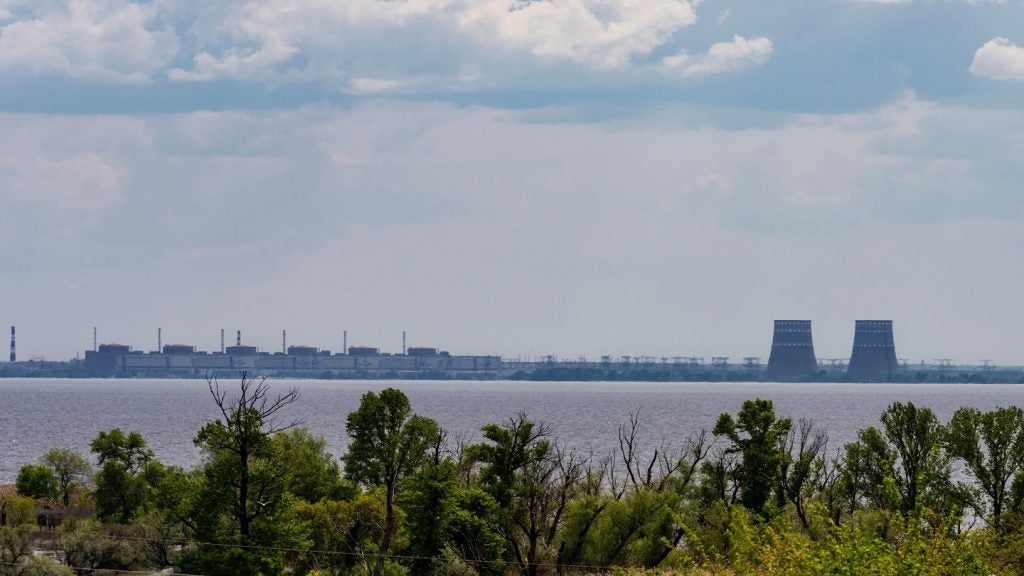

In the last 40 years, the nuclear power industry in the US has produced more than 70,000 metric tons of used nuclear fuel, producing vast amounts of radioactive waste that needs to be disposed of safely.
In the UK it’s a similar story, with the Nuclear Decommissioning Authority (NDA) forecasting that the total volume of radioactive waste in Great Britain will reach 4.5 million cubic metres over the next century, 96% of which has already been produced – enough to fill Wembley Stadium four times over.
But with plans to store nuclear waste in underground repositories still decades away from fruition, the need for alternative methods to cope with rising stockpiles of radioactive materials is becoming increasingly evident.
Nuclear waste-eating microbes
Microbiologist Gemma Reguera from Michigan State University (MSU) heads up one team whose research into microbes has hit the headlines for the potential opportunities it offers in the disposal of radioactive waste.
How well do you really know your competitors?
Access the most comprehensive Company Profiles on the market, powered by GlobalData. Save hours of research. Gain competitive edge.

Thank you!
Your download email will arrive shortly
Not ready to buy yet? Download a free sample
We are confident about the unique quality of our Company Profiles. However, we want you to make the most beneficial decision for your business, so we offer a free sample that you can download by submitting the below form
By GlobalDataFunded by the National Institute of Environmental Health Science (NIEHS) Superfund Program and the US Department of Energy’s Subsurface Research Program, Reguera and her team have developed a microbe that can clear up uranium by literally eating it, turning it into a mineral.
Where is this waste produced, contained, transported and stored, and just how much of it is there?
The research, which dates back to 2011 when the team first discovered the Geobacter bacteria’s ability to interact with uranium, has since advanced to identify the microbe’s ability to neutralise even more of the radioactive material – thanks to an extra ‘shield’ of nanowires and slime, called a Geobacter biofilm.
"What we showed is that the capabilities of the bacteria to immobilise the uranium and mineralise it increased significantly – much more than our most optimistic prediction," says Reguera, an associate professor in MSU’s department of microbiology and molecular genetics.
Treating contamination at the source
Reguera’s current research focuses on the microbe’s ability to treat subsurface waters that are contaminated with uranium, with promising results. The microbiologist says that "surpassed expectations" of the bacteria’s tolerance to high concentrations of the radioactive waste has led the team to explore treating contamination at the source.
"The problem with uranium contamination is that if you don’t clean up the source, you will continue to release the uranium in the water," she adds. However, by building cities of microbes, known as ‘biofilms’, Reguera says that she and her team were able to create a ‘biobarrier’ that immobilises much more soluble uranium than individual cells.
"Before our field scale studies focused on contaminated environments where the concentration of uranium was in the micromolar range," she continues. "However, the biofilms that we reported in our study can be exposed to millimolar concentrations that are over 1,000 times more than the individual cells."
Research by the University of Manchester is also focused on treating contamination before it spreads to surface environments, where it could enter drinking water or the food chain.
Findings published in the Multidisciplinary Journal of Microbial Ecology in September identified the use of microbes, discovered in soil samples taken from a highly alkaline industrial site in the UK’s Peak District, in preventing chemical reactions that may occur with when ground waters reach waste materials buried in underground vaults – a radioactive waste disposal method that is currently being planned by the UK Government.
The team identified isosaccharinic acid (ISA) as a cause for ‘much concern’ as it can react with radionuclides – unstable and toxic elements formed during the production of nuclear power. But one of the researchers, professor Jonathan Lloyd from the University’s School of Earth, Atmospheric and Environmental Sciences, says microorganisms discovered in the Peak District had the potential to "naturally degrade ISA".
Lloyd says the work carried out so far by researchers investigating whether microbes can adapt to living in and around underground vaults, known as geodisposal facilities, suggests that "specialist bacteria will most likely exist in this inhospitable environment, and they will largely have beneficial impacts", including reducing the solubility and mobility or radionuclides, absorbing gases produced due to chemical reactions, and degrading ISAs.
He added: "These observations extend the limits of life, and will hopefully help refine safety case development for geodisposal facilities."
Future developments in geodisposal
In the future, the team at the University of Manchester plans to work with organisations responsible for developing geodisposal facilities in the UK and abroad, which Lloyd said will focus on working out "the true relevance of these newly discovered microbial processes".
Power Technology ranks average O&M costs in the energy sector to find out which generating facilities are the cheapest to run and maintain.
"We are interested in how microbes can adapt to living in such inhospitable environments," he continues. "The underpinning biology is going to be fascinating; how do they thrive with a combination of high pH (similar to domestic bleach), no oxygen, and the presence of radioactive materials?"
Meanwhile, MSU plans to test its work into developing barriers that tolerate higher concentrations of uranium at the source in the field, which Reguera says could happen within the next year. Although there are still challenges to overcome – including the diversity of uranium contaminated sites and determining the long-term stability of the uranium mineral formed by the microbe – she says it is "very exciting that we’re in a position that we can take the technology for testing in a field".
The team is also set to investigate the potential for the same organisms to be applied to other toxic metals. "That’s an area of research we’re also pursuing to see how versatile these tools are," Reguera adds. "Our ultimate goal that hopefully it could make a difference is what keeps us motivated."


.gif)




